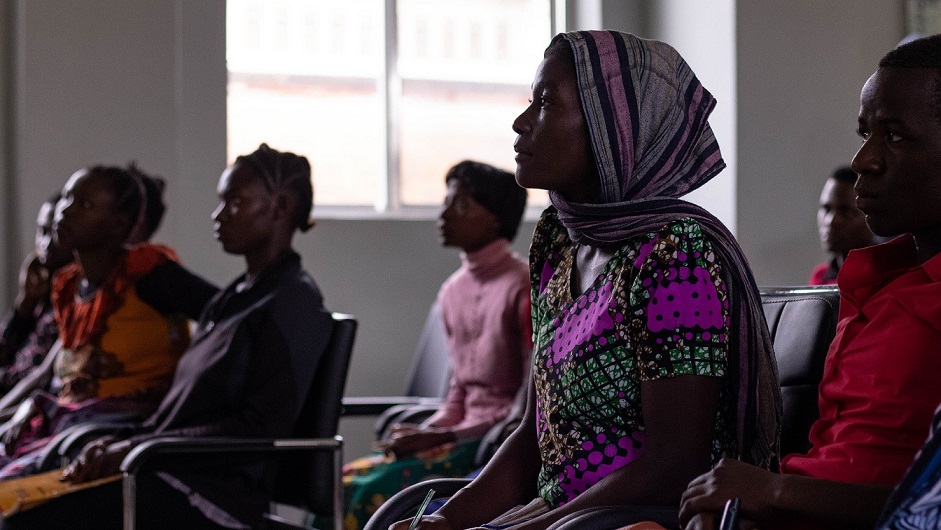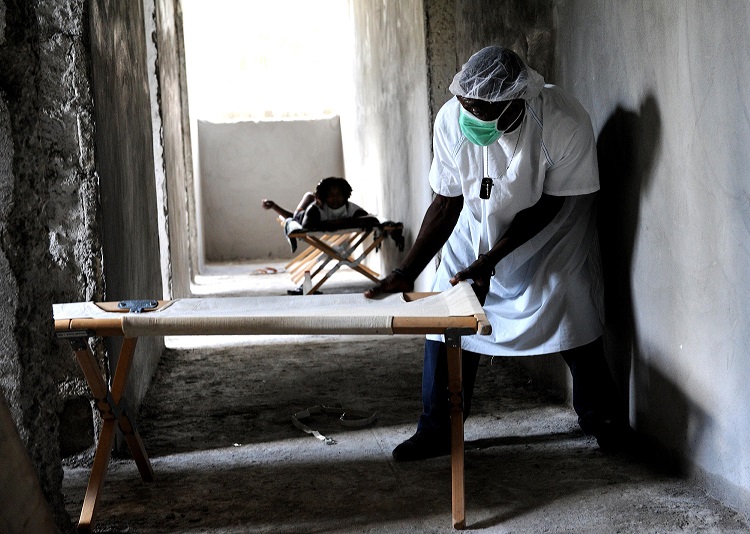The black continent, Africa, is not in first place when it comes to the outward migration of its inhabitants. Statistical compilations by the IOM and the African Union estimate that, out of a world total of 258 million migrants, only 36 million were from this part of the world, i.e. only 14%.
 Everyday stories of shipwrecks and deaths in fragile boats lead one to believe that most African migrants are trying to leave the continent, but the reality is different.
Everyday stories of shipwrecks and deaths in fragile boats lead one to believe that most African migrants are trying to leave the continent, but the reality is different.
A report by the International Organization for Migration (IOM) found that in 2019, more than 21 million Africans were living outside their homeland, albeit within the territory of their continent.
At the same time, the number of residents in other parts of the world grew from about 17 million in 2015 to about 19 million in 2019. This dynamic of migratory movement continues today. Within Africa, much of the outflows occur in the northern region: in 2019, the IOM illustrated, Egypt had the highest number of nationals residing abroad, followed by Morocco, South Sudan, Somalia, Sudan and Algeria.
Some of the largest corridors link territories such as Algeria, Morocco and Tunisia to France, Spain and Italy, reflecting to some extent post-colonial links and geographical proximity.
Those from South Sudan to Uganda and Somalia to Ethiopia, meanwhile, are the result of large-scale displacement caused by internal conflict, the report noted. There are also important labour movement routes to the Persian Gulf states, for example from Egypt to Saudi Arabia and the United Arab Emirates.
 Internal migration
Internal migration
However, more than half of the main migration corridors in Africa are internal. The one from Burkina Faso to neighbouring Côte d’Ivoire is the second largest on the continent, says the IOM.
For the sub-Saharan area, the experts support the primacy of intra-regional movements and movements to other parts of the mainland. However, the reality is often distorted. In an article entitled “African migrations in contemporary times: the most relevant singularities”, Cuban researchers María Elena Álvarez and Evelyn López of the Raúl Roa García Higher Institute Of International Relations (Havana) state that the Western media, as well as political discourses, particularly those of the extreme right, manipulate the phenomenon.
“Rather than treating them as migrants, they are classified as dangerous outsiders,” they say.
 According to expert Mbuyi Kabunda, Côte d’Ivoire, Nigeria, Democratic Republic of Congo, South Africa, Kenya, Botswana and Zambia have always been and still are lands of immigration, hosting more African migrants than Europe.
According to expert Mbuyi Kabunda, Côte d’Ivoire, Nigeria, Democratic Republic of Congo, South Africa, Kenya, Botswana and Zambia have always been and still are lands of immigration, hosting more African migrants than Europe.
Therefore, there is a polarisation of migratory movements towards countries with high rates of economic growth and political stability, and even counter-movements occur in the event of depressions or conflicts in receiving nations, explains Kabunda. Similarly, the wars in Central Africa – Great Lakes – and West Africa – Mano River region – turned countries such as Angola, Democratic Republic of Congo, Sudan, Rwanda, Congo Brazzaville, Liberia, Sierra Leone and Ivory Coast into exporters of refugees and migrants to neighbouring nations or other regions of the continent.
Álvarez and López insist that there are countries that have historically been recipients: Côte d’Ivoire, Nigeria, Democratic Republic of Congo, South Africa, Kenya, Botswana and Zambia.
On the other hand, most African migration, the analysts argue, is associated neither with conflict nor with extreme poverty per se: “It is not usually the poorest who migrate, but those who have achieved a certain level of purchasing power to be able to afford the costs of displacement.
 This logic also applies at the state level; it is not the poorest countries that emit the most migrants, but those that have acquired a certain degree of development.
This logic also applies at the state level; it is not the poorest countries that emit the most migrants, but those that have acquired a certain degree of development.
Most Africans, they argued, “only migrate if they have the skills and personal aspirations to do so. Those who cover longer distances tend to have some economic resources and are literate and skilled, while the poorer and less educated tend to migrate less and to destinations closer to home. Such a trend denotes the abusive brain drain from the most impoverished states, which see their professionals leaving year after year for other promising lands of a better future, as recognised by UN assessments. PL
(Translated by Cristina Popa – Email: gcpopa83@gmail.com) – Photos: Pixabay












.jpg)












